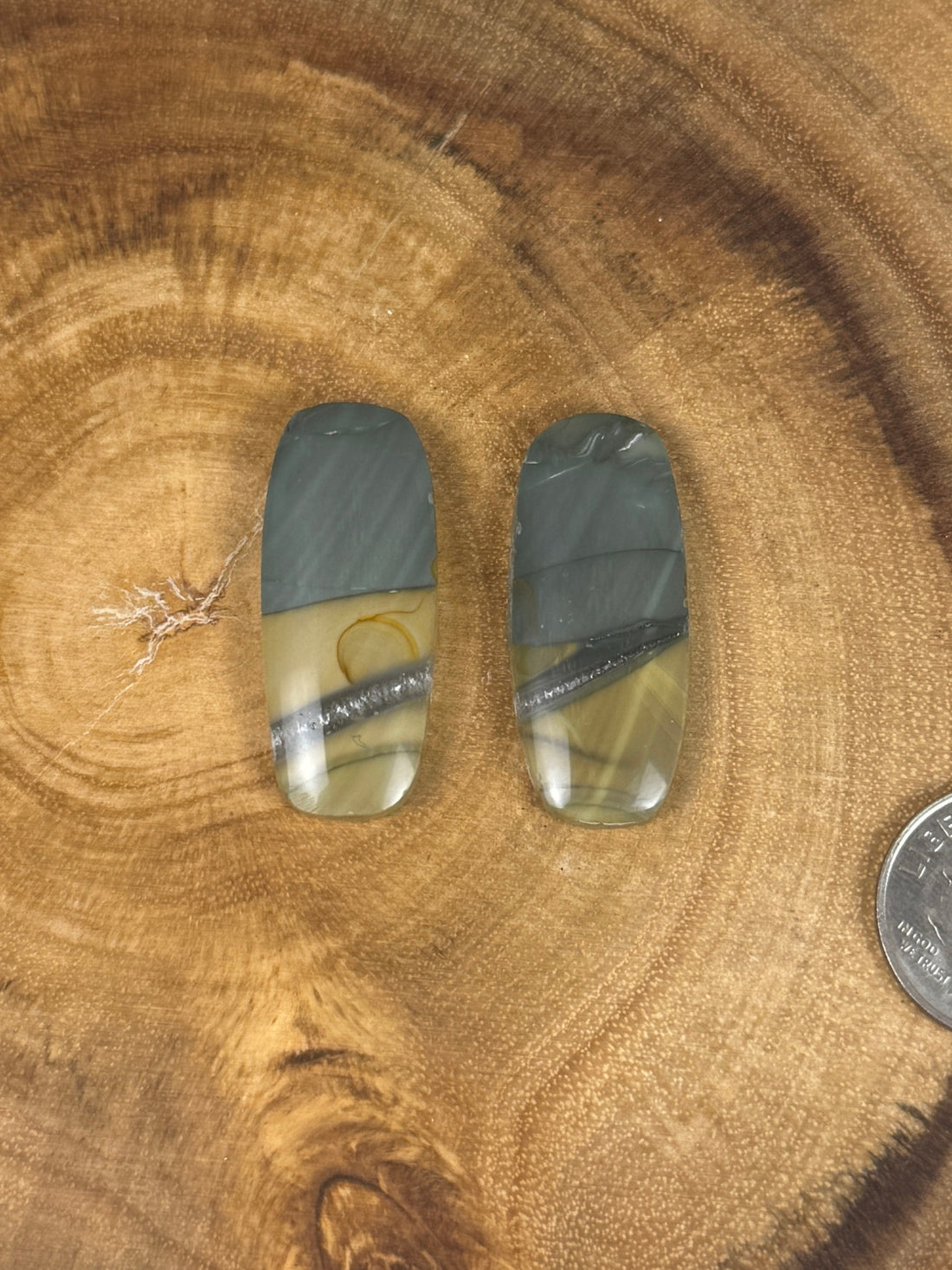
Exploring Cabochon Settings in Jewelry Design
Share
When it comes to jewelry design, cabochon settings offer a unique and timeless appeal. Whether you're a jewelry enthusiast or a budding designer, understanding the different types of cabochon settings can enhance your appreciation for these beautiful pieces. In this article, we'll explore what cabochon settings are, the various styles available, and how they contribute to the overall aesthetics of jewelry.
What is Cabochon Jewelry?
Cabochon jewelry refers to pieces that feature stones shaped and polished instead of faceted. Unlike the traditional cut gemstones, cabochons have a smooth, rounded surface, usually with a flat base. This style is often used for opaque stones, such as opal, turquoise, and onyx, which do not require facets to display their natural beauty.
The word "cabochon" comes from the French term "caboche," meaning "head," which reflects the domed appearance of these stones. Cabochon settings have been popular for centuries, admired for their simplicity and the way they showcase the stone's color and natural features.
Types of Cabochon Settings
Bezel Settings
One of the most common types of cabochon settings is the bezel setting. In this style, a metal rim surrounds the cabochon, holding it securely in place. The bezel can cover the entire edge of the stone or be shaped to expose more of the cabochon's surface.
Bezel settings are favored for their durability and protection, making them ideal for jewelry that will be worn frequently. They also offer a sleek, modern look, making them a popular choice for contemporary designs.
Prong Settings
Prong settings are more commonly associated with faceted gemstones, but they can also be adapted for cabochons. In a prong setting, metal claws grip the cabochon at various points, holding it securely. This style allows more light to interact with the stone, highlighting its natural beauty.
Prong settings can give cabochon jewelry a delicate and airy appearance, making them an excellent choice for pieces where the stone is the focal point.
Channel Settings
Channel settings involve placing cabochons in a metal channel, allowing them to sit flush with the surrounding material. This setting is perfect for creating a seamless, smooth look where the stones are aligned side by side.
Channel settings are often used for bracelets and rings, where a continuous line of cabochons creates a striking visual effect. This style is both elegant and secure, ensuring that the stones remain in place.
Flush or Gypsy Settings
In a flush or gypsy setting, the cabochon is set into a hole in the metal, with the surface of the stone level with the surrounding metal. This style is known for its minimalist appeal and is often used in men's jewelry for its understated elegance.
Flush settings provide excellent protection for the stone and are ideal for those who prefer a more subtle jewelry design.
The Aesthetic Appeal of Cabochon Settings
Cabochon settings offer a wide range of aesthetic possibilities. The smooth, rounded surface of the cabochon stone allows its natural color and pattern to take center stage. This makes cabochon jewelry particularly appealing for showcasing stones with unique patterns or vibrant colors.
The choice of setting can dramatically influence the overall look of the piece. For example, a bezel setting can give a modern, sleek appearance, while a prong setting might offer a more traditional or delicate feel. By selecting different settings, designers can create pieces that range from contemporary to classic, catering to a variety of tastes.
Cabochon Settings in Jewelry Making
For jewelry makers, working with cabochon settings presents both challenges and opportunities. The smooth surface of the cabochon means that the setting must be crafted precisely to secure the stone without the aid of facets.
Selecting the Right Stone
When designing cabochon jewelry, choosing the right stone is crucial. Consider the stone's color, pattern, and size, as these will all impact the final look of the piece. Opaque stones are popular choices for cabochon settings, as their natural beauty can be fully appreciated without the need for facets.
Crafting the Setting
Creating a cabochon setting requires careful attention to detail. Whether opting for a bezel, prong, or another style, the metalwork must be precise to hold the stone securely. Jewelry makers often use custom molds or handcraft the settings to fit the unique shape of each cabochon.
Incorporating Cabochons into Designs
Cabochons can be incorporated into a wide range of jewelry designs, from rings and necklaces to earrings and bracelets. Their versatility allows them to complement both simple and intricate designs, making them a favorite among designers looking to create eye-catching pieces.
Conclusion
Cabochon settings in jewelry design offer a timeless elegance that highlights the natural beauty of gemstones. Whether you're drawn to the sleek lines of a bezel setting or the delicate nature of prong settings, cabochon jewelry provides endless possibilities for creative expression.
By understanding the different types of cabochon settings and how they enhance the aesthetics of a piece, both jewelry makers and enthusiasts can appreciate the artistry involved in crafting these unique designs.
Whether you're designing your own cabochon jewelry or simply admiring these pieces, the beauty of cabochon settings is undeniable. Their ability to showcase the inherent qualities of a stone makes them a cherished choice in the world of jewelry design. Embrace the elegance and charm of cabochon settings, and let them inspire your next jewelry creation.
